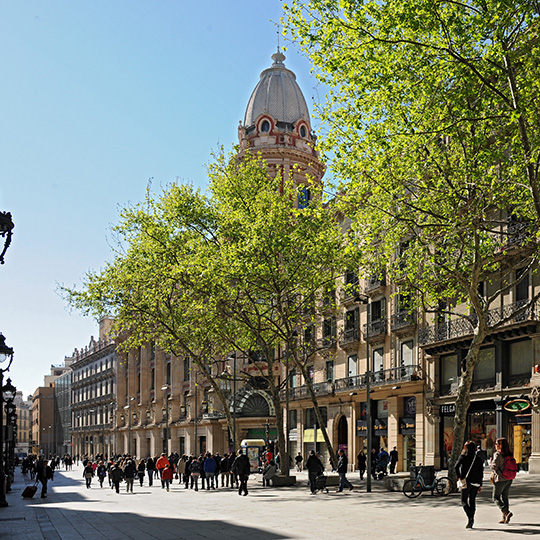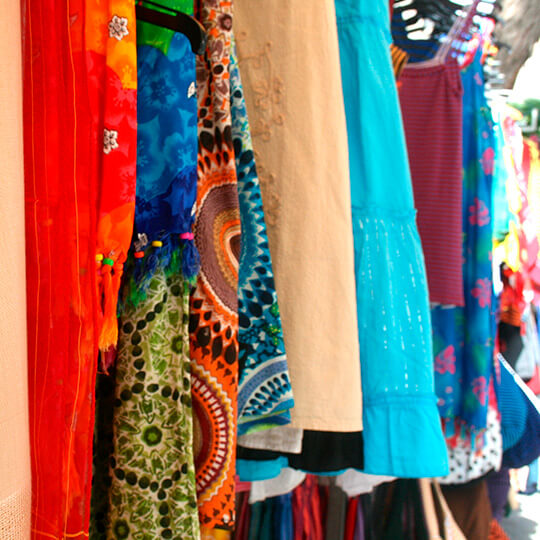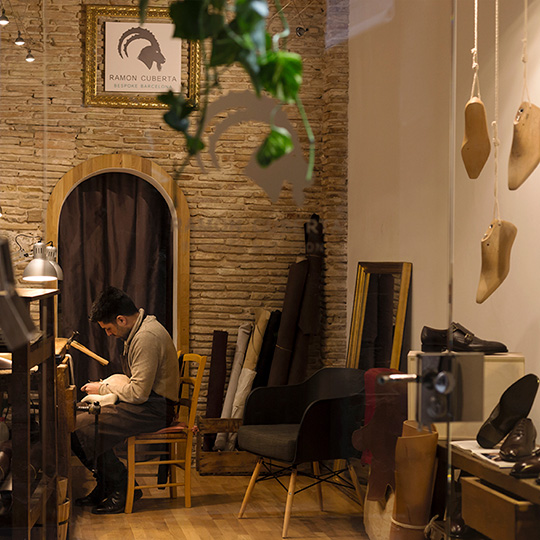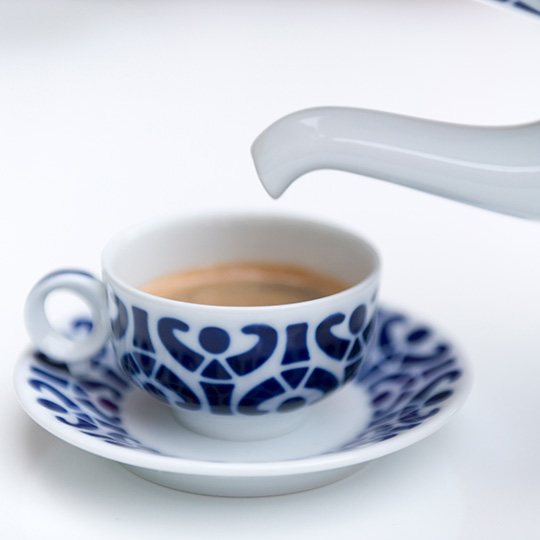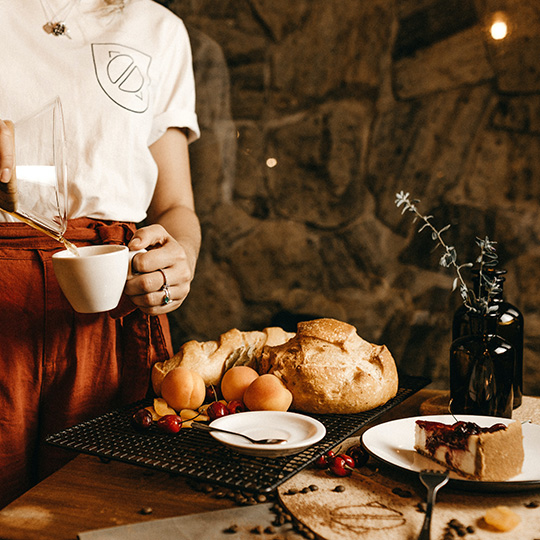Go window shopping to see luxury brands and boutiques; soak in the scents and colours of traditional markets; note the clash of old and new where folk craft meets avant-garde design; wander historic streets in search of music, books and antiques; and enjoy department stores and malls with all the services you might need. The shopping experience in Spain is as wide-ranging as your imagination. There’s just one thing you need beforehand: a little extra room in your suitcase.
From city centres to shopping centres
What are the best areas for shopping in Spain? In most of the cities and towns you visit, the best options are in the centre. Also, most large cities have more specific shopping areas, some of which are quite specialised: the luxury shopping neighbourhoods like the Salamanca district in Madrid or Passeig de Gracia in Barcelona; places with modern, alternative design and fashions, like Soho in Malaga and Malasaña in Madrid; areas full of traditional shops, such as around Plaza Redonda in Valencia, and Barcelona’s Gothic quarter; and artisan workshops, in neighbourhoods like Triana in Seville. Another option, especially if you’re looking for fashion and accessories, perfumes and cosmetics, or electronics, is a visit to the large shopping centres and department stores you’ll find in many cities.
